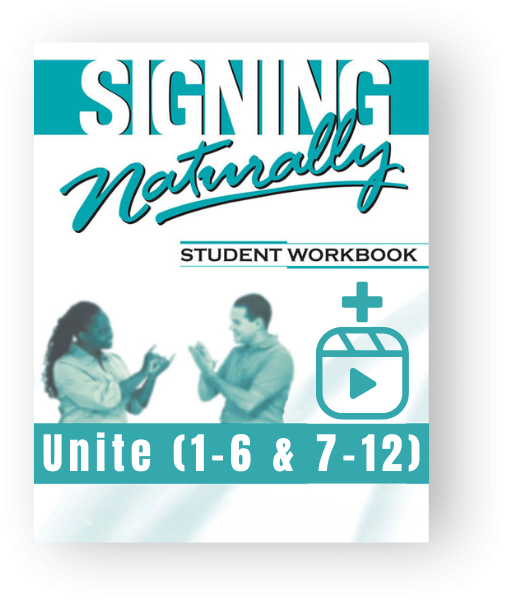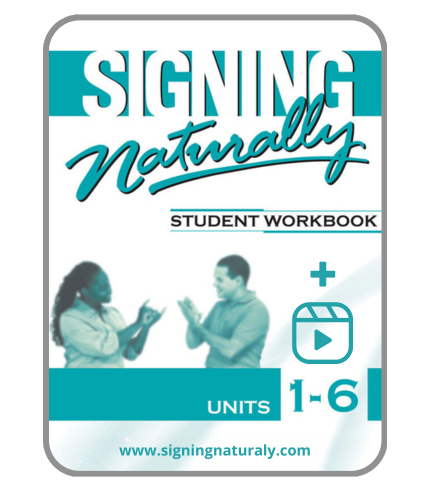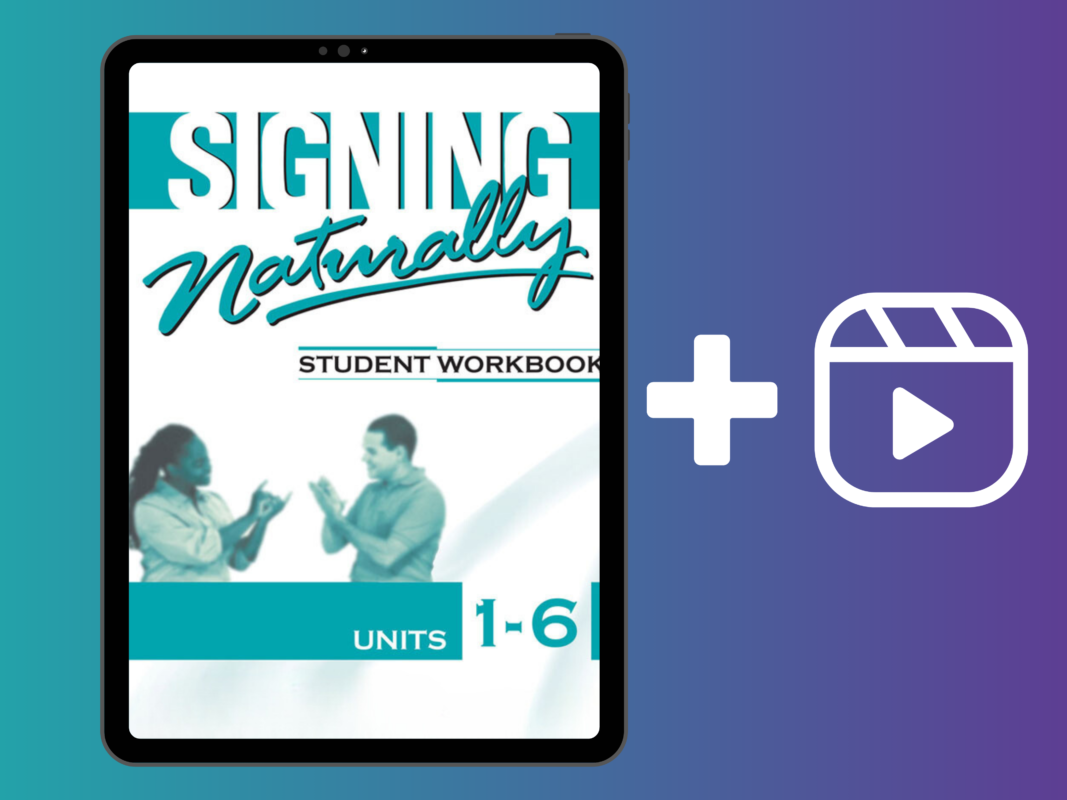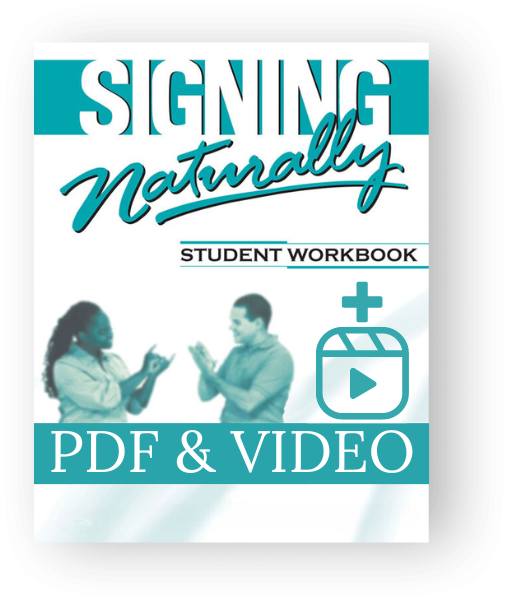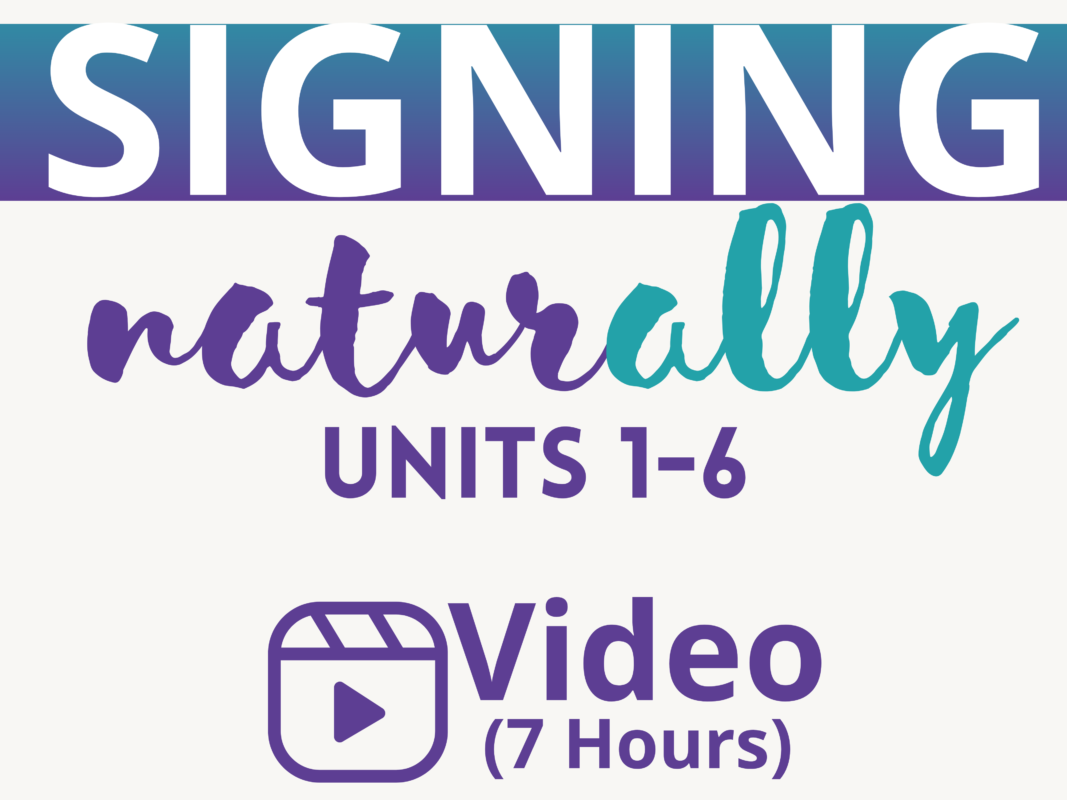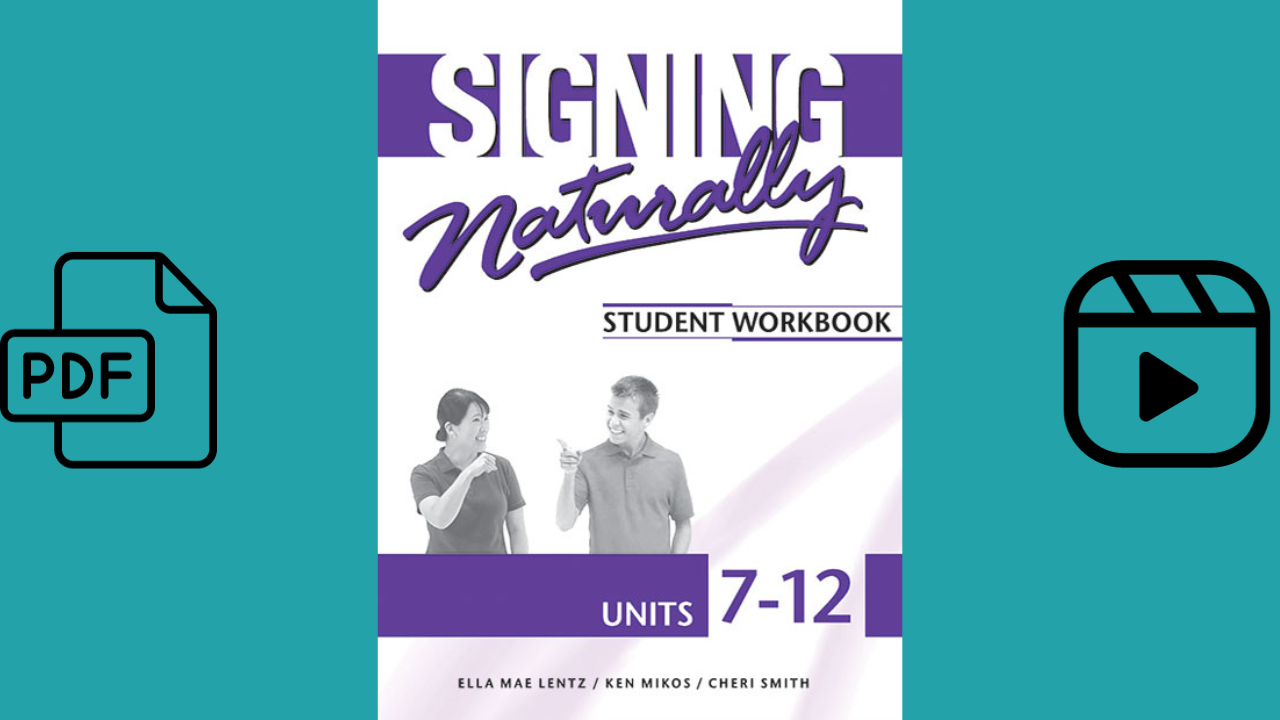Introduction
Are you ready to elevate your American Sign Language (ASL) skills with Signing Naturally Unit 3? This unit is a pivotal step in the Signing Naturally curriculum, designed to deepen your understanding of ASL and enhance your ability to engage in complex conversations. In this comprehensive review, we’ll explore the essential features of Signing Naturally Unit 3, highlighting its core components, benefits, and practical applications. Whether you’re a student aiming for fluency or an instructor seeking to guide your learners effectively, this guide will provide valuable insights into this crucial unit.
Body
What Makes Signing Naturally Unit 3 Essential?
Signing Naturally Unit 3 is a critical milestone in mastering ASL, focusing on advanced conversational skills and detailed expressive abilities. Here’s a closer look at its essential features:
- Advanced Vocabulary Expansion: Unit 3 introduces a broader and more nuanced vocabulary, including terms related to emotions, detailed descriptions, and complex interactions. This expanded vocabulary is crucial for engaging in more sophisticated conversations and expressing yourself more precisely.
- Complex Sentence Structures: Building on the foundational grammar from previous units, Unit 3 delves into more intricate sentence structures. You’ll learn how to form compound and complex sentences, use various tenses, and apply advanced grammatical rules to enhance clarity and depth in your communication.
- Descriptive Signing Techniques: One of the key highlights of Unit 3 is its focus on descriptive signing. This includes techniques for providing detailed descriptions of people, places, and events. Mastering these techniques will allow you to convey more information and paint vivid pictures in conversations.
- Interactive Practice Scenarios: The unit incorporates a variety of interactive practice scenarios, including role-playing exercises and simulated conversations. These scenarios help you apply new vocabulary and grammar in real-life contexts, improving your fluency and confidence.
- Cultural Insights and Context: Understanding cultural nuances is essential for effective communication. Unit 3 includes lessons on Deaf culture, etiquette, and community norms, helping you interact respectfully and meaningfully with native signers.
Frequently Asked Questions
1. How Does Unit 3 Build on Previous Units?
Unit 3 takes the foundational skills from Units 1 and 2 and builds upon them by introducing more complex vocabulary and grammar. While earlier units focus on basic communication, Unit 3 aims to refine your ability to engage in detailed and nuanced conversations.
2. What Are the Key Benefits of Mastering Unit 3?
Mastering Unit 3 offers several benefits:
- Enhanced Communication Skills: Gain the ability to discuss more complex topics and convey detailed information effectively.
- Increased Fluency: Improve your fluency by practicing advanced sentence structures and vocabulary in real-life scenarios.
- Greater Cultural Understanding: Deepen your understanding of Deaf culture and etiquette, which is crucial for respectful interaction.
3. How Can I Effectively Practice the Material in Unit 3?
To effectively practice the material in Unit 3, consider the following strategies:
- Engage in Regular Practice: Consistent practice with new vocabulary and sentence structures will reinforce your learning and improve retention.
- Participate in Interactive Exercises: Use role-playing and conversation simulations to apply what you’ve learned in practical contexts.
- Seek Feedback: Get feedback from instructors or peers to identify areas for improvement and refine your skills.
4. Are There Additional Resources to Complement Unit 3?
Yes, several resources can enhance your learning experience:
- ASL Practice Apps: Utilize apps that offer interactive exercises and vocabulary drills.
- Deaf Community Events: Attend local Deaf community events or online forums to practice with native signers.
- Supplemental Learning Materials: Refer to additional books and online resources for further practice and insights.
5. How Long Should I Spend on Mastering Unit 3?
The time required to master Unit 3 varies based on individual learning pace and practice. On average, students may spend several weeks to a month on this unit. Regular practice and engagement with the material will help you progress more efficiently.
Conclusion
Signing Naturally Unit 3 is a vital component of advancing your ASL skills, offering advanced vocabulary, complex grammar, and practical conversational practice. By focusing on the essential features of this unit and employing effective learning strategies, you can enhance your fluency and cultural understanding. Embrace the opportunities presented by Unit 3, and take your ASL proficiency to the next level.
Notes
Meta description: Discover the essential features of Signing Naturally Unit 3 in our in-depth review. Learn about advanced vocabulary, complex sentence structures, and practical practice scenarios to boost your ASL skills. Click to explore how this unit can elevate your communication abilities!
Tags: ASL, Signing Naturally Unit 3, American Sign Language, ASL Learning, Advanced ASL, Sign Language Practice, ASL Vocabulary, Deaf Culture, ASL Grammar, Descriptive Signing

